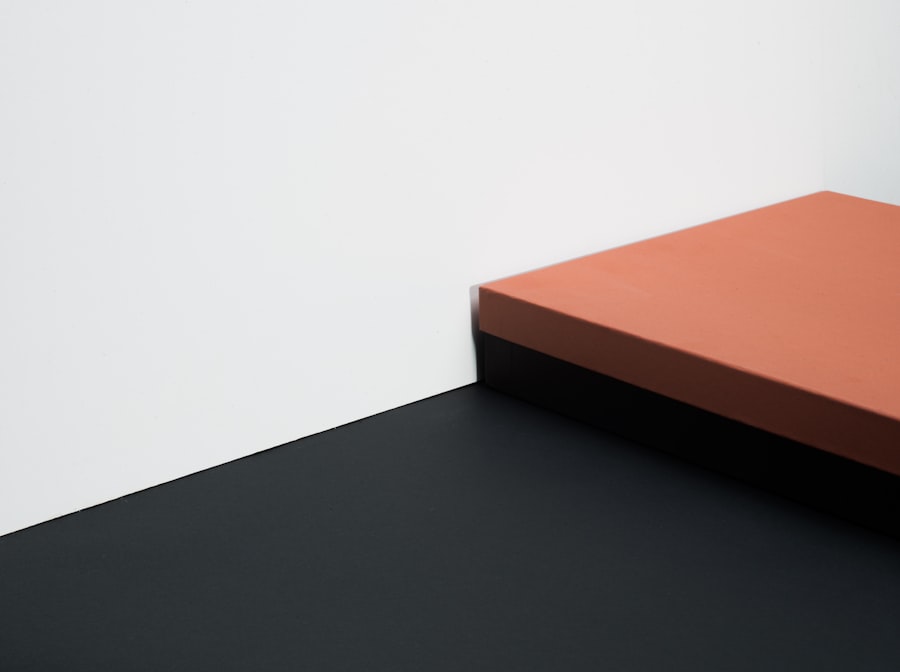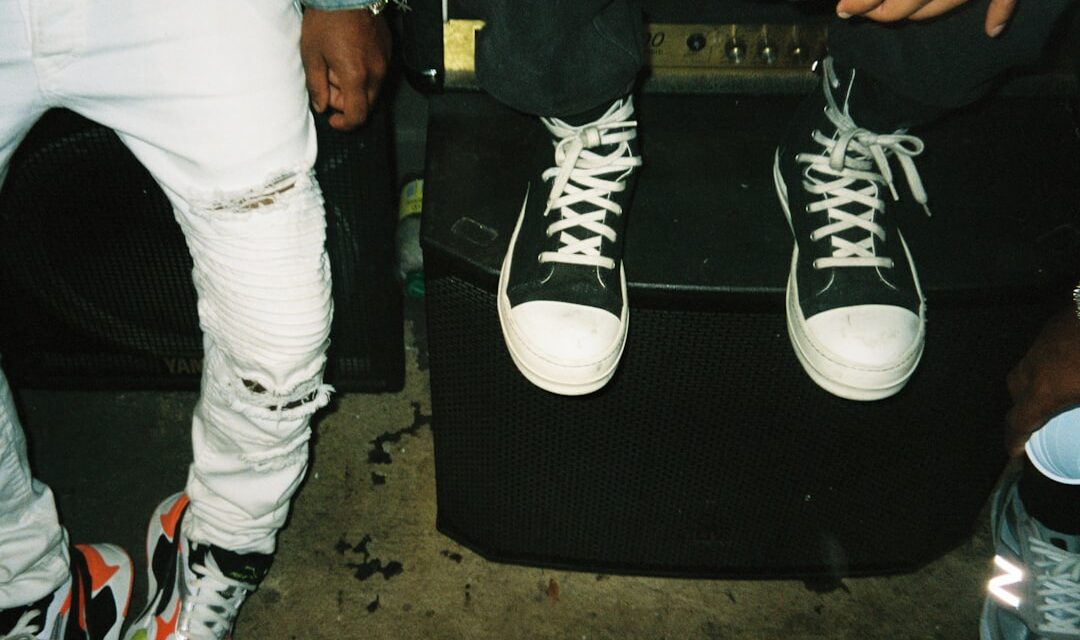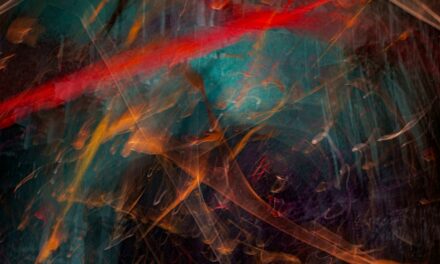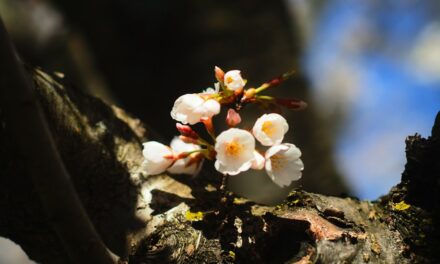Creative expression serves as a profound conduit for human emotion and thought, transcending the limitations of language and culture. It allows individuals to articulate their innermost feelings, thoughts, and experiences in ways that resonate deeply with others. Whether through painting, writing, music, or any other form of art, the act of creation can be both cathartic and liberating.
It provides a unique opportunity to explore the complexities of the human condition, offering insights into our shared experiences and diverse perspectives. The power of creative expression lies not only in its ability to communicate but also in its capacity to heal, inspire, and provoke change. Moreover, creative expression fosters a sense of identity and belonging.
For many, engaging in artistic pursuits can be a means of self-discovery, allowing individuals to explore their values, beliefs, and emotions. This journey often leads to a deeper understanding of oneself and one’s place in the world. In a society that frequently prioritises conformity over individuality, the act of creating can be a radical assertion of one’s uniqueness.
It encourages us to embrace our quirks and imperfections, celebrating the very aspects that make us human. Ultimately, the power of creative expression lies in its ability to connect us with ourselves and with one another, forging bonds that transcend the barriers of language and culture.
Summary
- Creative expression is a powerful tool for self-discovery and communication.
- Inspiration can be found in the most unexpected places, so keep an open mind.
- Creative blocks are normal, but can be overcome with patience and perseverance.
- Navigating the creative process requires flexibility and a willingness to adapt.
- Failure is a natural part of the creative journey and should be embraced as a learning opportunity.
- Connecting with other creatives can provide support, inspiration, and new perspectives.
- Balancing creativity with practicality is essential for turning ideas into reality.
- Celebrating milestones and successes is important for staying motivated and acknowledging progress.
Finding Inspiration in Unexpected Places
Inspiration is often elusive, appearing when least expected and sometimes in the most mundane of circumstances. The world around us is teeming with potential sources of creativity; it is merely a matter of shifting our perspective to recognise them. A walk through a bustling city can reveal a tapestry of colours, sounds, and interactions that spark new ideas.
The laughter of children playing in a park, the intricate patterns of shadows cast by trees, or even the fleeting expressions on strangers’ faces can ignite the imagination. By remaining open to our surroundings and attuned to the subtleties of life, we can cultivate a rich reservoir of inspiration that fuels our creative endeavours. Additionally, inspiration can often be found in the stories of others.
Engaging with literature, film, or even conversations with friends can provide fresh insights and provoke new thoughts. The narratives we encounter—whether they are fictional or autobiographical—can resonate with our own experiences, prompting us to explore themes that we may not have considered otherwise. By immersing ourselves in diverse perspectives and experiences, we expand our creative horizons and enrich our artistic practice.
Embracing the unexpected as a source of inspiration not only enhances our creativity but also deepens our appreciation for the world around us.
Overcoming Creative Blocks

Creative blocks are an all-too-common experience for artists and writers alike, often manifesting as frustration or self-doubt. These periods of stagnation can be disheartening, leading many to question their abilities or the validity of their work. However, it is essential to recognise that creative blocks are a natural part of the artistic journey.
Rather than viewing them as insurmountable obstacles, we can approach them as opportunities for growth and reflection. Understanding the root causes of these blocks—be it fear of failure, perfectionism, or external pressures—can empower us to navigate through them more effectively. One effective strategy for overcoming creative blocks is to establish a routine that encourages regular engagement with our craft.
Setting aside dedicated time for creative practice can help to cultivate discipline and reduce anxiety surrounding the act of creation. Additionally, experimenting with different mediums or techniques can reignite our passion and curiosity. By allowing ourselves the freedom to play and explore without the pressure of producing a final product, we can often break through the barriers that inhibit our creativity.
Ultimately, embracing the ebb and flow of the creative process enables us to navigate these challenges with resilience and grace.
Navigating the Creative Process
The creative process is rarely linear; it is often characterised by twists and turns that can lead to unexpected outcomes. Embracing this unpredictability is crucial for artists seeking to develop their unique voice and style. Each stage of creation—from brainstorming ideas to refining concepts—offers valuable lessons that contribute to our growth as creatives.
It is essential to remain patient and open-minded throughout this journey, recognising that each step brings us closer to realising our vision. Collaboration can also play a significant role in navigating the creative process. Engaging with fellow artists or seeking feedback from trusted peers can provide fresh perspectives that enhance our work.
Constructive criticism can illuminate blind spots in our creative practice and inspire new directions for exploration. Furthermore, sharing our work with others fosters a sense of community and accountability, encouraging us to push through challenges together. By embracing collaboration and remaining adaptable in our approach, we can navigate the complexities of the creative process with confidence.
Embracing Failure as Part of the Journey
Failure is often viewed as a negative outcome; however, it is an integral part of the creative journey that should be embraced rather than feared. Each misstep or setback offers invaluable lessons that contribute to our development as artists. By reframing failure as an opportunity for growth, we can cultivate resilience and perseverance in our creative pursuits.
Many renowned artists have experienced significant failures before achieving success; their journeys serve as reminders that setbacks are not indicative of our worth or potential. Moreover, embracing failure encourages experimentation and risk-taking in our work. When we free ourselves from the fear of making mistakes, we open up new avenues for exploration and innovation.
This willingness to take risks often leads to unexpected breakthroughs and discoveries that enrich our artistic practice. By acknowledging that failure is an inherent part of creativity, we empower ourselves to take bold steps forward, ultimately leading to more authentic and fulfilling expressions of our art.
Connecting with Other Creatives

The importance of connecting with other creatives cannot be overstated; collaboration and community are vital components of artistic growth. Engaging with fellow artists provides opportunities for sharing ideas, resources, and experiences that can enhance our own practice. Whether through formal workshops or informal gatherings, these connections foster an environment of support and encouragement that nurtures creativity.
In a world where isolation can often stifle artistic expression, building relationships with like-minded individuals can reignite our passion for creation. Furthermore, connecting with other creatives allows us to gain insights into different perspectives and approaches to art-making. Each artist brings their unique experiences and techniques to the table, enriching our understanding of the creative process.
By exchanging ideas and collaborating on projects, we can challenge ourselves to think outside the box and explore new avenues for expression. Ultimately, these connections not only enhance our artistic practice but also create a sense of belonging within a vibrant community of creators.
Balancing Creativity with Practicality
While creativity thrives on freedom and exploration, it is essential to strike a balance between artistic expression and practicality. Many artists grapple with the challenge of turning their passion into a sustainable career while maintaining their creative integrity. Establishing routines and setting realistic goals can help bridge this gap, allowing us to pursue our artistic ambitions without sacrificing financial stability or personal well-being.
Moreover, understanding the business side of art is crucial for those seeking to make a living from their creativity. This includes marketing oneself effectively, managing finances, and navigating opportunities for exposure and collaboration. By developing these skills alongside our artistic practice, we empower ourselves to thrive in an increasingly competitive landscape while remaining true to our vision.
Balancing creativity with practicality ultimately enables us to pursue our passions sustainably while continuing to grow as artists.
Celebrating Milestones and Successes
In the pursuit of creativity, it is vital to take time to celebrate milestones and successes along the way. Acknowledging achievements—whether big or small—serves as a powerful reminder of our progress and dedication to our craft. Celebrating these moments not only boosts morale but also reinforces our commitment to continue creating despite challenges or setbacks.
Moreover, sharing successes with others fosters a sense of community and connection within the artistic realm. By recognising the accomplishments of fellow creatives alongside our own, we contribute to an environment that values collaboration and support rather than competition. This collective celebration encourages us all to strive for excellence while nurturing a culture that appreciates the journey as much as the destination.
Ultimately, embracing milestones as part of our creative journey enriches our experience as artists and strengthens our resolve to continue pursuing our passions with enthusiasm and joy.
If you are interested in exploring more about art and creativity, you may enjoy reading about the painting “Girl with Hair Band, 1965” by Roy Lichtenstein. This article provides an introduction to the artwork and delves into the artist’s unique style and techniques. It is a fascinating insight into the world of pop art and how artists like Lichtenstein have influenced the art world. You can find the article here.



